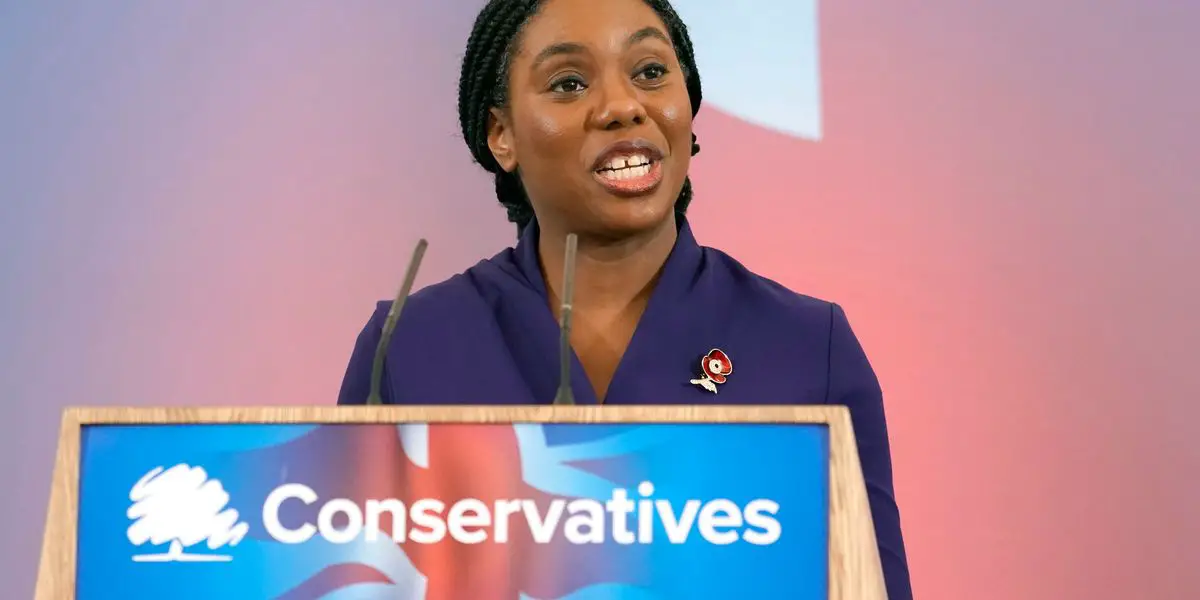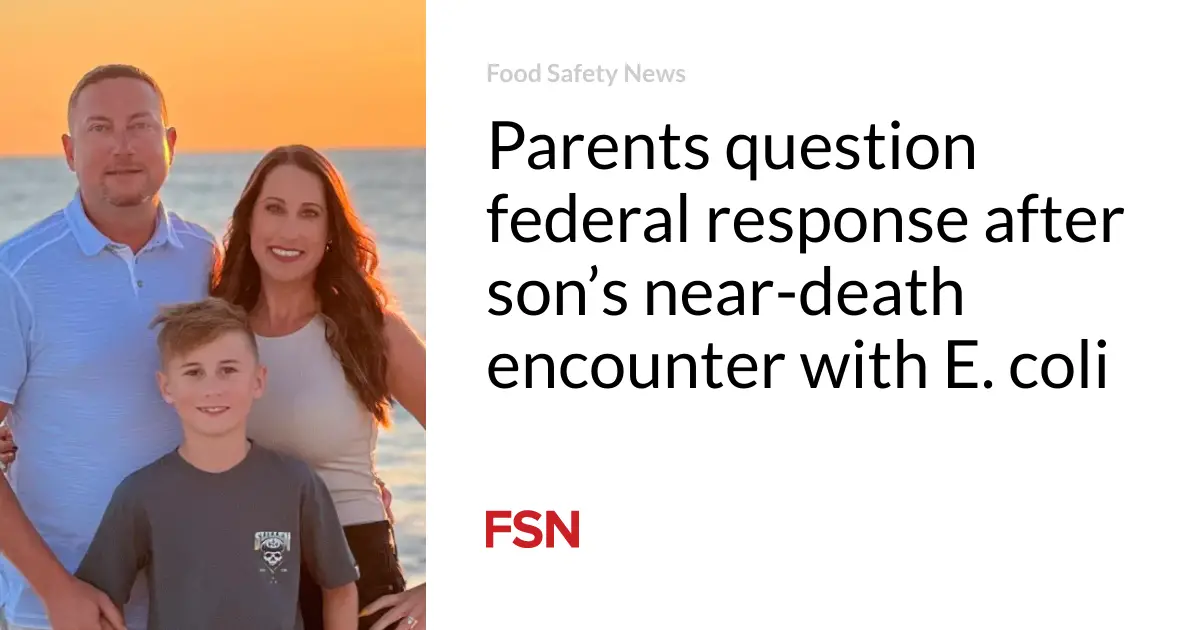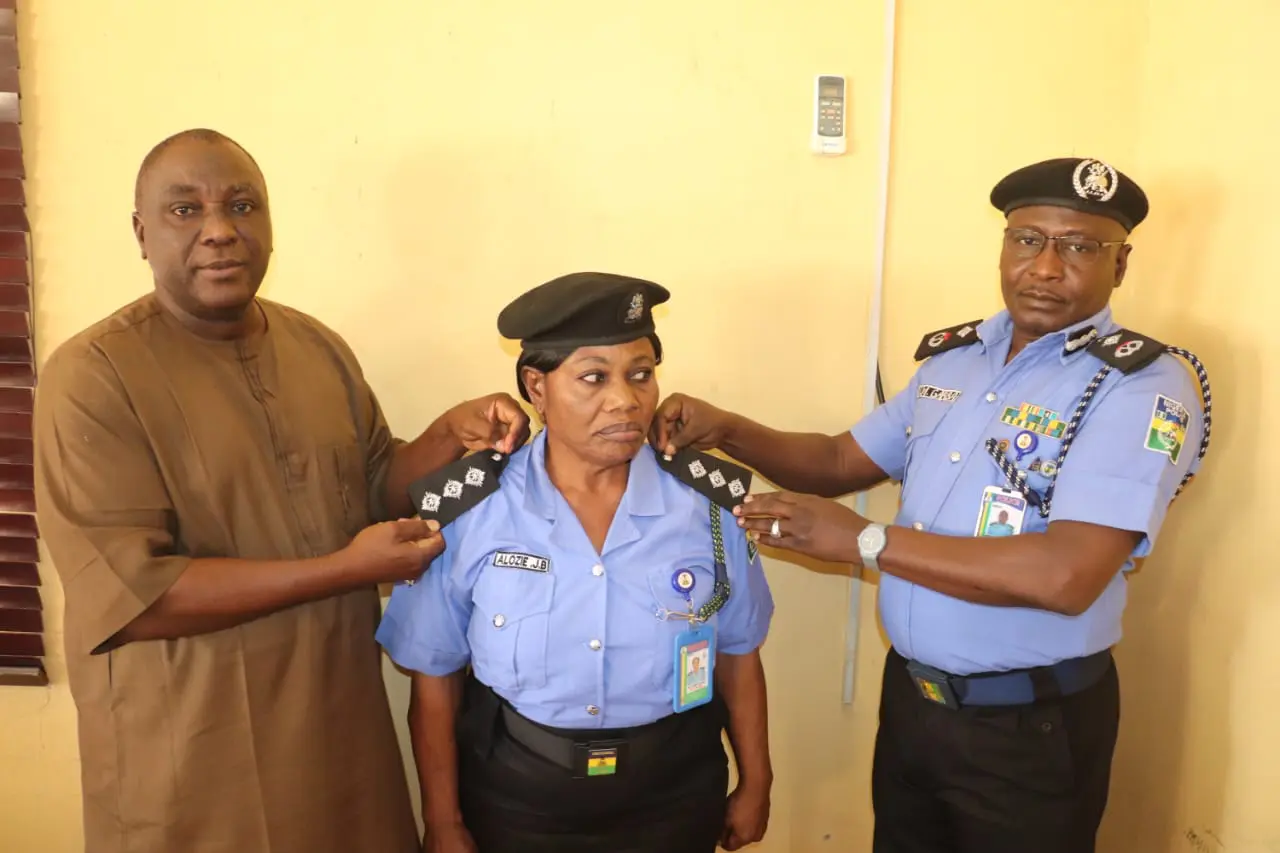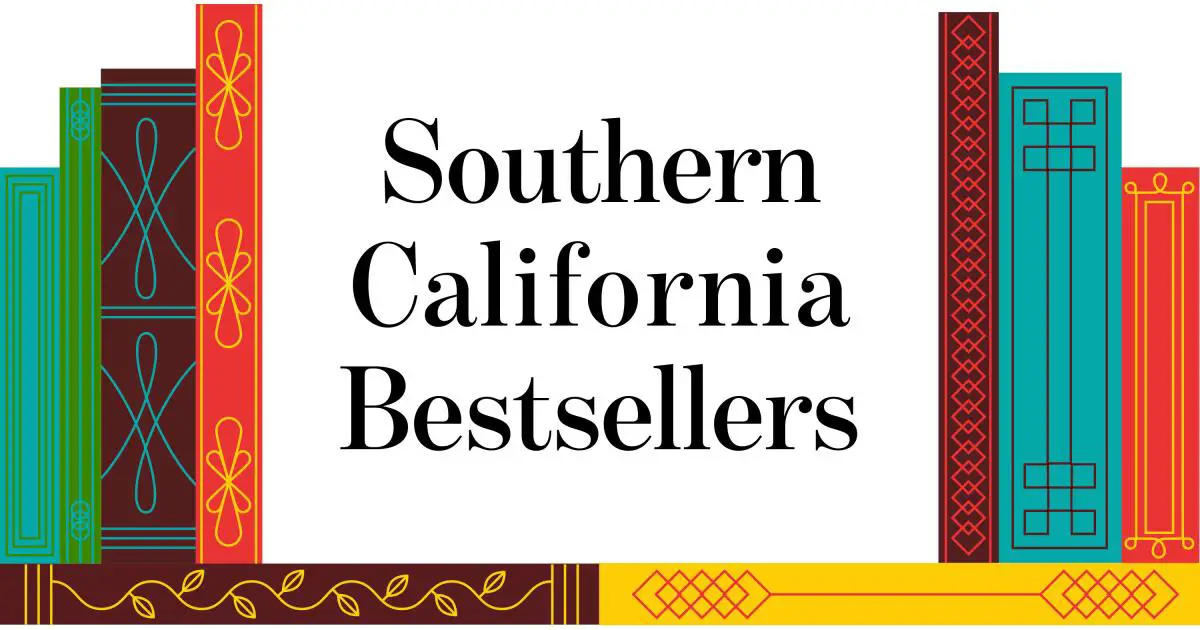Myth distorts any city’s musical history, and in Manchester myth looms as large as the new Co-op Live, a £365m, 23,500-capacity mega-venue that opens today and will soon be staging big-name acts, including Take That. So, for every occasion a music fan mentions the hit-making boy band or, for that matter, 10cc or the Hollies, a thousand more bark back: Joy Division, the Fall, Happy Mondays. Not that 10cc were a small Manc band, but they peaked before punk and a wall went up at the end of the 1970s that relegated all that had passed prior to 4 June 1976 – the night the Sex Pistols performed at the Lesser Free Trade Hall – to prehistory, as in dinosaurs, fossils, folk musicians. New hagiographies about music impresario Tony Wilson (1950-2007) are no doubt at the printers as I write. But how about we spend half an hour mooching round the Rainy City aboard the free buses and trams in search of the underplayed, surprising and tangential – with a few Gen X/6 Music standards for when we’re stuck at the lights.
You might not think Coronation Street a promising departure point, but it gives us an in to Bowton’s Yard. It’s one of those ditties that may prompt unpleasant memories of the BBC TV series Sit Thi Deawn, but listen carefully and you’ll hear it is in fact a Victorian reality show made song. Written by Marsden-born, Stalybridge-based Samuel Laycock, it inspired Tony Warren when he was devising the characters for his Weatherfield/Salford-set soap opera. Granada Studios on Quay Street also played a leading role in disseminating the north-western sound, from regional accents to theme tunes to the Beatles’ first TV appearance, in October 1962.
Dialect ballads spoke truth to power after Peterloo – memorialised in 2019 by Jeremy Deller’s burial mound-like stone tump – and during the cotton famine. To spread the word, broadsides were run off at printers around the Oldham Street-Swan Street junction. Lancashire songs were central to the folk revival of the 1960s. Harry Boardman, a singer and collector from Failsworth, unearthed many anonymous songs of protest and historical record. Edward II has recorded a reggae version of the Great Flood, about the time the Medlock burst its banks in 1872. Jennifer Reid, from Middleton, performs The New Poor Law Bill a cappella on her album Gradely Manchester.
The most famous folk number, Ewan MacColl’s Dirty Old Town, alludes to a “gasworks wall” or “gasworks croft”, depending on the version. The works were in Ordsall, bounded by West Egerton Street, Liverpool Street and Regent Road. Prior to their demolition in 2019, a prosaic infographic (not quite a “muriel”) was placed on the West Egerton Street wall. The Working Class Movement Library is a repository of MacColl’s work and life and has significant holdings of sheet music and song lyrics.
The Hallé Orchestra was founded by Sir Charles Hallé, who was conductor for the first concert at the Free Trade Hall on 30 January 1858. The Hallé premiered Elgar’s Symphony No 1 and Vaughan Williams’s Symphony No 8. The latter, dedicated to the orchestra’s celebrated conductor John Barbirolli, took place at the Kings Hall, a converted tea house at Belle Vue (demolished to make way for a car auction centre) on 2 May 1956. The BBC recorded it a few days later. The third movement, a cavatina, is a swirl of lark-like ascents and descents.
Since 1996, the orchestra’s HQ has been the purpose-built, vibration-proof Bridgewater Hall, with former St Peter’s church in Ancoats, a hulking redbrick Romanesque building, used for rehearsals, recordings and intimate shows. Manchester has an opera house, originally known as the New theatre. Recent shows include The Full Monty and Peppa Pig’s Fun Day Out, but it may get weightier fare as the ENO relocates to Manchester over the next five years. The region’s greatest opera singer was, like so much Manchester talent, from way outside town. Tom Burke, a miner from Leigh, was known as the “Lancashire Caruso”. What used to be the city’s Hippodrome is now a Wetherspoons named after him.
The Manchester School includes Accrington-born Harrison Birtwistle, Salford’s Peter Maxwell Davies and German immigrant Alexander Goehr, who met at the Royal Manchester College of Music in the 1950s. They founded the New Music Manchester group with pianist John Ogdon, who had attended Manchester Grammar School, and trumpeter Elgar Howarth. Exponents of avant-garde experimentation, they shunned cotton-themed concertos and any kind of parochialism.
If Unesco dispensed rosettes for demolition, Manchester would have many. Most of the old taverns that hosted turns, popular dance salons and music hall venues have been razed, together with mills, warehouses and factories. Concert halls and fun palaces were removed to make way for multistorey car parks and office blocks. The Free Trade Hall, where locals including Gracie Fields, Van der Graaf Generator and James played, as well as Dylan (AKA “Judas” as he was called at a gig there in 1966), Rolling Stones, Pink Floyd and Genesis, is now a hotel. Does a ribald, rollicking spirit live on from the boozy days of industrial Manchester? Certainly the refurbished Band on the Wall – which reopened in March – celebrates its location on the foundations of the George & Dragon and nearby Rising Sun pubs.
Every genre of popular music surfaced in Manchester between 1950 and the present, including big band, beat, rhythm and blues, soul, chart-oriented pop, punk, goth and all the strands of post-punk. There are not as many landmarks as songs, partly because, as mentioned, the wrecking ball is unsentimental and also, because pop stars have generally used their art to get away – lyrically first, and then physically. The Bee Gees, who claimed to have practised harmonising at their childhood home at 51 Keppel Road, Chorlton-cum-Hardy, never knowingly screamed a word about the town.
Northern soul, which arrived via Liverpool docks and Burtonwood airbase, drew large followings in Stoke, Wigan, Blackpool and, before any of those, Manchester. The Twisted Wheel on Brazennose Street and, later, Whitworth Street, had gigs by the Hollies and Freddie and the Dreamers, and less well-known bands such as Powerhouse 6, but is best known for its legendary northern soul nights. The building has gone but Twisted Wheel “lives on”, according to a members-only Facebook page, at Area, 50 Sackville Street. The Ritz, on Whitworth St, survives as an O2 franchise. Originally opened as a dance hall (with a sprung floor) in 1927, it hosted a Dancing in the Dark evening in the 50s and 60s, fronted by Crumpsall’s Phil “King of the Ritz” Moss and his Band (which later became a stalwart on TV’s Come Dancing), and went on to transition through beat, northern soul, disco and mainstream rock scenes. The mobile phone firm also owns the famous art deco-style Apollo, long a fixture for bands on tour. Stockport’s MoR hitmakers 10cc were a classic art school, let’s-go-to-London-asap outfit, but they played here when they came home, as did Sad Café.
The Pistols concert in 1976 made the Lesser Free Trade Hall a holy-of-holies in Manc muso circles, but the Electric Circus, in Collyhurst (birthplace of pianist and crooner Les Dawson), earned its credentials through many seminal punk performances, including the first gig by Warsaw (Joy Division’s first name), and shows by Buzzcocks, John Cooper Clarke, the Fall, the Nosebleeds and Slaughter and the Dogs, among others. The fact it had previously been a cinema, Bernard Manning’s Top Hat club and a bingo hall should surely have made it one for the heritage buffs to list.
Richard Boon and Howard Devoto launched the New Hormones label in 1977 at a then ramshackle, now listed former hat merchants’ warehouse at 50 Newton Street. The first release, the Spiral Scratch EP, was a punk watershed and a declaration that bands needed neither London nor major labels. In 1980, Boon and others started up The Beach Club (a reference to the Situationist slogan “Under the pavement, the beach!”) at Oozits on Newgate Street. In 1978, Factory Records began as a WFH DIY disruptive startup at Alan Erasmus’s first-floor flat at 86 Palatine Road (now blue plaqued), only moving to a proper HQ on Charles Street in 1990 – where it was officially incorporated with the catalogue number FAC 251 (the name of a venue for cover bands on the site, part owned by Peter Hook). The Factory was the name of a night at the Russell Club on Royce Road in Hulme that ran from 1978-80; two years later the Haçienda (FAC 51) opened in a former yacht builders’ shop and warehouse on Whitworth Street West, beside the Rochdale Canal. The site is now occupied by “iconic” apartments.
The last Factory catalogue number, FAC 501, was used for the plaque on Wilson’s coffin, and no number adorns designer Peter Saville’s headstone for his business partner in Southern Cemetery. Fabled producer Martin Hannett is also buried at the necropolis – said to be entered via the Smiths’ Cemetry Gates.
There’s no better terminus than a musical graveyard. Inevitably, dozens of Manchester music sites are missing from this hop, skip and jump, including Rochdale’s recording studios, Festival of the Tenth Summer venues and countless bedrooms, garages and rave locations. But most tell versions of the same story, just as some songs seem like Venn diagrams of influence; Oasis by Happy Mondays sounds like New Order with lyrics by Morrissey or Ian Curtis, on a bad day (“You went too far, and it’s gone all the wrong way”). If you want to aurally vacuum up every Manc motif in a single song, steam on in to Mike Garry and Joe Duddell’s St Anthony: An Ode to Anthony H Wilson (Andrew Weatherall Remix; lyrics here), perhaps while walking from the thrusting Aviva Studios/Factory International behemoth to the Epping Walk Bridge to search hopelessly – à la 80s – for Hulme Crescents and the dead souls of yesteryear.






